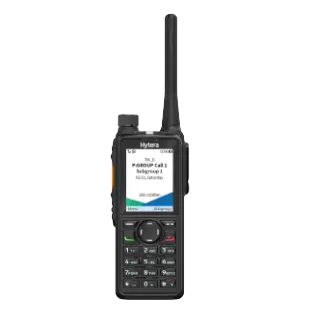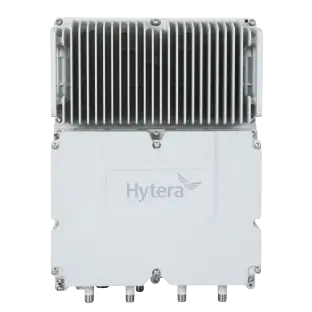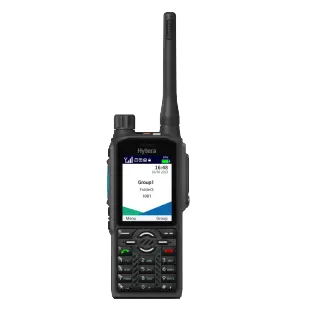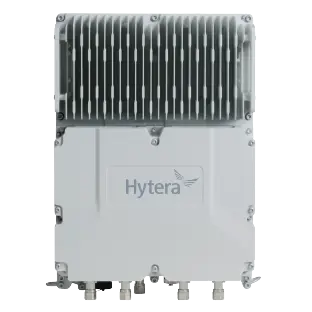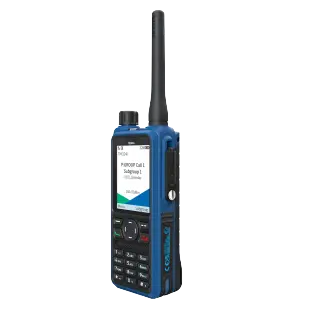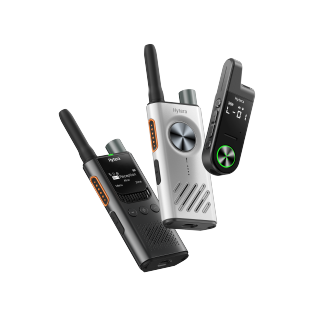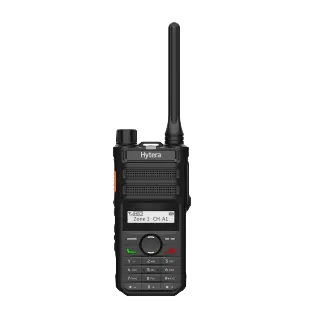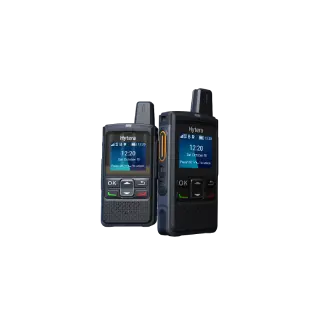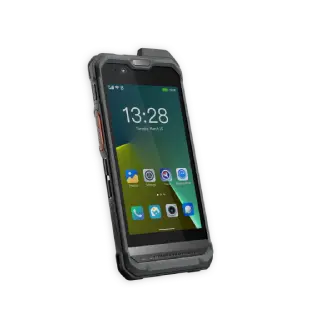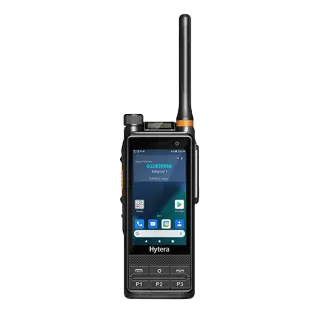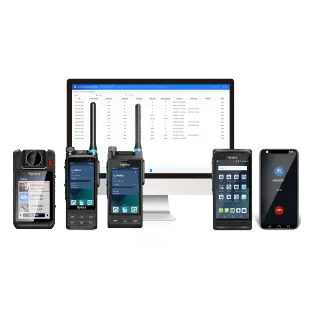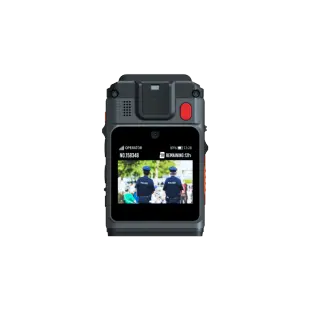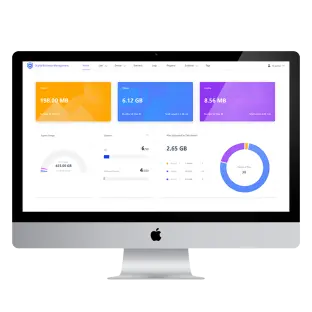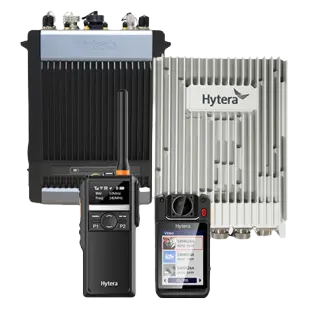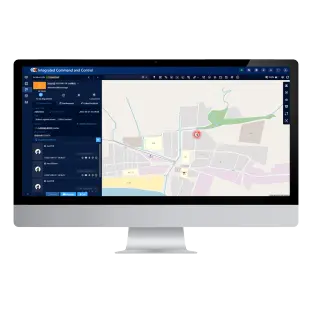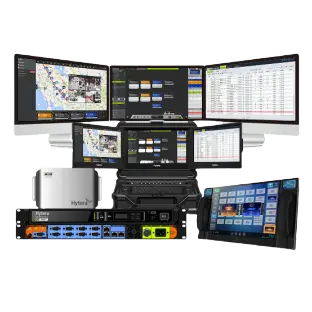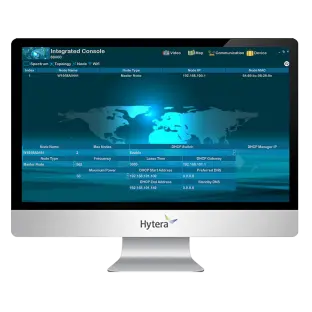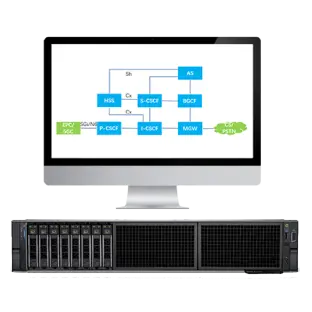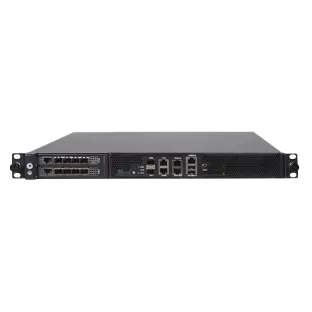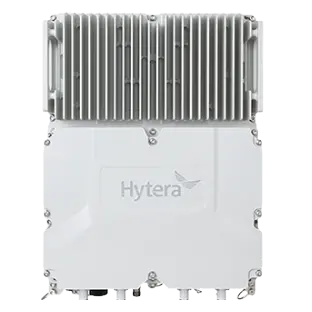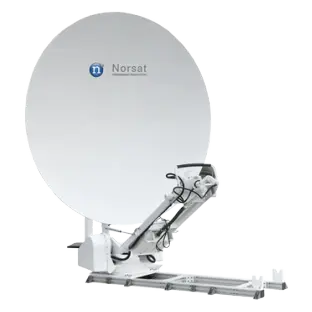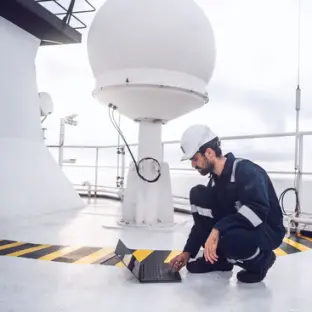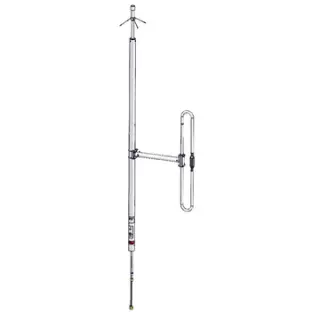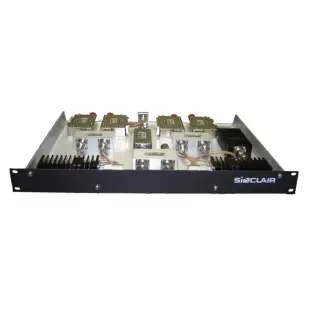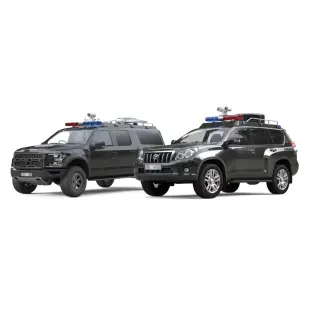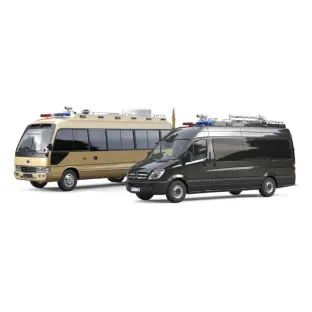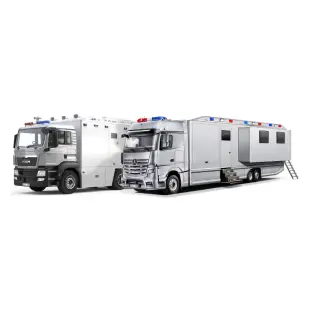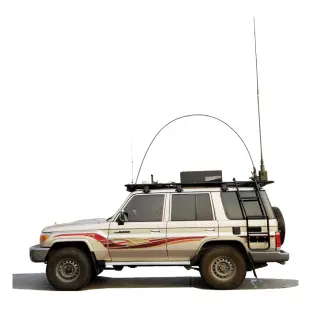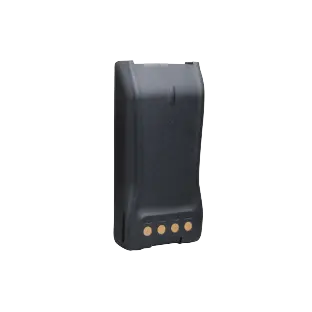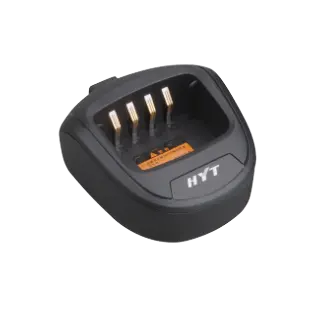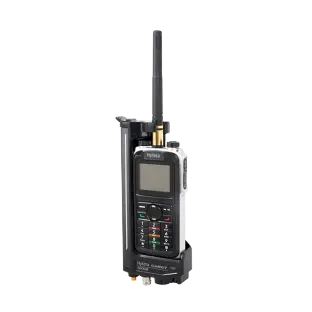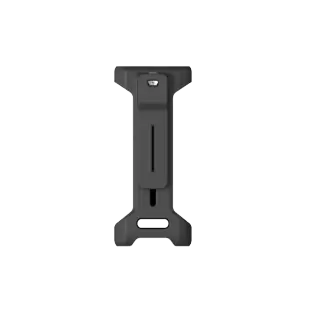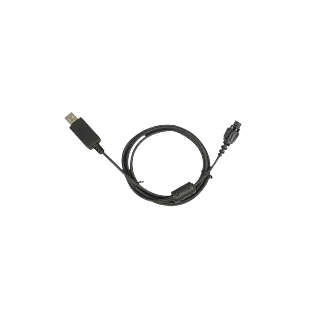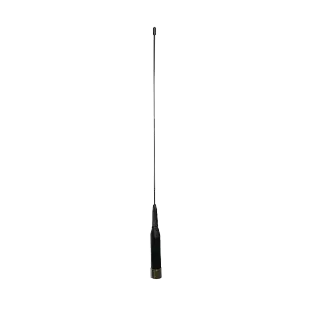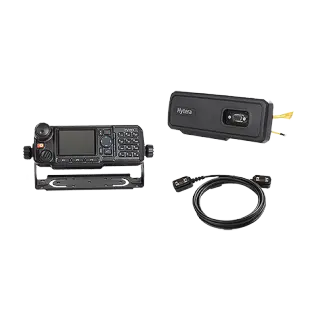
-

User
Philippines National Police (PNP) -

Project Time
2017-present -

Market Segment
Public Safety -

Product
DMR Handheld Radios
DMR Mobile Radios
DMR Base Stations
Smart Dispatch System
Dispatch Work Station
Digital Voice Recording System
SmartOne Radio Dispatch Platform
Challenge
The main challenge facing the PNP was that the analog system was out-of-date and had already exceeded its expected lifespan. One major handicap was that the analog radio technology could not be interconnected with other systems. It also lacked adequate security features such as end-to-end encryption services.
The analog technology had become outmoded, as it was no longer supported by the original manufacturer, which made it very difficult to get hold of spare parts. This was becoming an increasing problem, as the network was experiencing frequent outages due to wear and tear on the aging equipment. Some terminals were already beyond further use, as it no longer made economic sense to repair them.
The old radio system was also not able to support value-added services or data such as text messaging, monitoring of radio users through GPS location services, automatic vehicle/personnel tracking, and queries on suspects, vehicles, and missing persons/properties on a real-time basis, which are all available on modern digital radio systems.
The PNP also had far too few radios to meet its requirements. The entire PNP only had access to a total of about 18,000 radios, but according to PNP officials, the minimum number of radios required to support the force is more than 61,000, including both handheld and mobile radios.
In addition, the police needed a sufficient number of base stations and repeaters to provide adequate coverage for the 14 police regional offices (PROs) and national headquarters (NHQ), and 85 police provincial offices (PPOs).
The PNP clearly needed a new digital radio communication system capable of supporting nationwide radio coverage and the ability to provide value-added services.
Solutions
The chosen solution was a DMR Tier 2 and Tier 3 trunking system supplied by Hytera. It was calculated that the minimum number of handheld radios required was about 50% of the total number of actual patrol personnel, plus those personnel holding key positions. It was determined that all stations must have a base radio and one mobile radio should be fitted per PNP-owned vehicle (excluding motorcycles).
In Phase 1, Hytera delivered over 14,300 radios and set up the first 15 trunking sites and 14 repeaters. In Phase 2, Hytera delivered a further 6,500 radios and 85 repeaters. By Phase 4 (2019), 7,200 more radios had been added to the PNP fleet for city police stations and most of the regional offices are now interconnected into the trunking system.
As the PNP was satisfied with how the first four phases of the project had gone, it placed more purchasing orders with Hytera to further expand and enhance its coverage across the entire Philippines.
During 2020-2021, the PNP enhanced its network in Metro Manila with the purchase of two 4-carrier base stations, which were deployed at two sites. In 2022, it purchased another 5,500 terminals for distribution to 15 Police Regional Offices (PROs) and 24 National Support Units (NSUs). In 2023, it ordered 370 new mobile radios from Hytera to be distributed across 17 Police Regional Offices (PROs).
Hytera also provided its SmartOne Dispatch System, a new generation unified communication platform, which enables multi-system intercommunication and unified dispatching to deliver unlimited communication possibilities to the PNP.
The Hytera Dispatch Work Stations allow dispatchers to see where police assets are located on a map in real-time and to dispatch orders or communicate with them via touchscreen icons. It is now much easier for control rooms to dispatch the most appropriate resources and more efficiently coordinate and manage the response to any given incident.
The SmartOne Dispatch System is equipped with a Digital Voice Recording System that records all voice, text, and data transmissions and logs them securely on the system. Any transmission can then be easily located and played back when required for post-incident analysis, courtroom evidence or training purposes.
About Philippines National Police (PNP)
The PNP has 191,000 personnel and has its headquarters at Camp Crame in Quezon City, Metro Manila. The PNP relied on an analog radio system for its communications, but the network was installed back in 1995 and had already far exceeded its expected life span of 10-12 years. It suffered from frequent outages due to its age, impacting the PNP’s ability to operate efficiently.
The PNP has been aiming to modernize its various facilities that include the radio communication system which plays a vital role in providing better service in upholding the law and maintaining peace and order throughout the entire country. Furthermore, the emerging modern society and continuous population growth have brought new challenges to the police force and PNP looks for available proven technology that could support them in their performance of duty.
In 2019, the PNP decided to address these barriers to an efficient PNP information management system by initiating the SMART Policing program. One of the objectives of the project is to establish and maintain a first-class communication system to help ensure a fast and well-coordinated response by the police to any incident. The project is also designed to provide a network that can be relied on during emergency situations and major disasters. Following the launch of the initiative, it was clear a unified communications and information platform was urgently needed by the PNP.

Benefits
Nationwide Coverage
The new digital network now covers a wide area of the Philippines including most of the country's police districts. The DMR system has helped to ensure a much stronger compatibility, which has enhanced the ability of the police to handle their daily duties. It also helps users better deal with major security events and responses to natural disasters.
Cost Effectiveness
Hytera has enabled PNP to smoothly migrate from its existing analog network to the new digital network, while also maximizing cost savings as the existing analog equipment did not have to be scrapped. The DMR solution reuses the analog RF spectrum and much of the existing infrastructure.
Higher Frequency Efficiency
The new DMR solution provides much more efficient use of the PNP’s existing radio frequency allocations. The two-slot DMR TDMA technology means that for every existing analog 12.5 kHz system, the PNP now gets two equivalent talk channels using the new DMR 12.5 kHz channel. DMR technology instantly doubles the PNP’s radio capacity.
Advanced Encryption
Unlike the old analog system, the new DMR network supports end-to-end encryption of voice and data with a choice of 40, 128, or 256 bits encryption solutions using the AES and ARC4 cryptographic systems.
High-level Interoperability
Hytera Smart Dispatch System supports the SIP (Session Initiation Protocol) for communication with IP private automatic branch exchanges (PABX). This provides a gateway between DMR radios and the public telephone network (PSTN) and allows intersystem communications between digital radios and mobile phones.
Versatile, Better Quality Audio Voice Calls
The PNP digital radio system supports various voice call types including private calls, group calls, all calls, and emergency calls, along with text messages and GPS location services. Hytera noise suppression technology ensures louder, clearer audio quality than the old analog devices.
Car ID SMS Query
The SMS query function allows handheld radios to send vehicle license plate numbers and then receive feedback with vehicle status information.
Dynamic Group Number Assignment (DGNA)
DGNA is a DMR feature that allows the creation of a temporary radio group during special events and operations that require the immediate establishment of a new talk group for a particular activity.
By the completion of this project, the PNP will have achieved interconnectivity of trunking radio terminals, which can be monitored from national, regional, and provincial headquarters, as well as from their respective city or municipal police stations.
Ready to talk? Get in touch with us.


